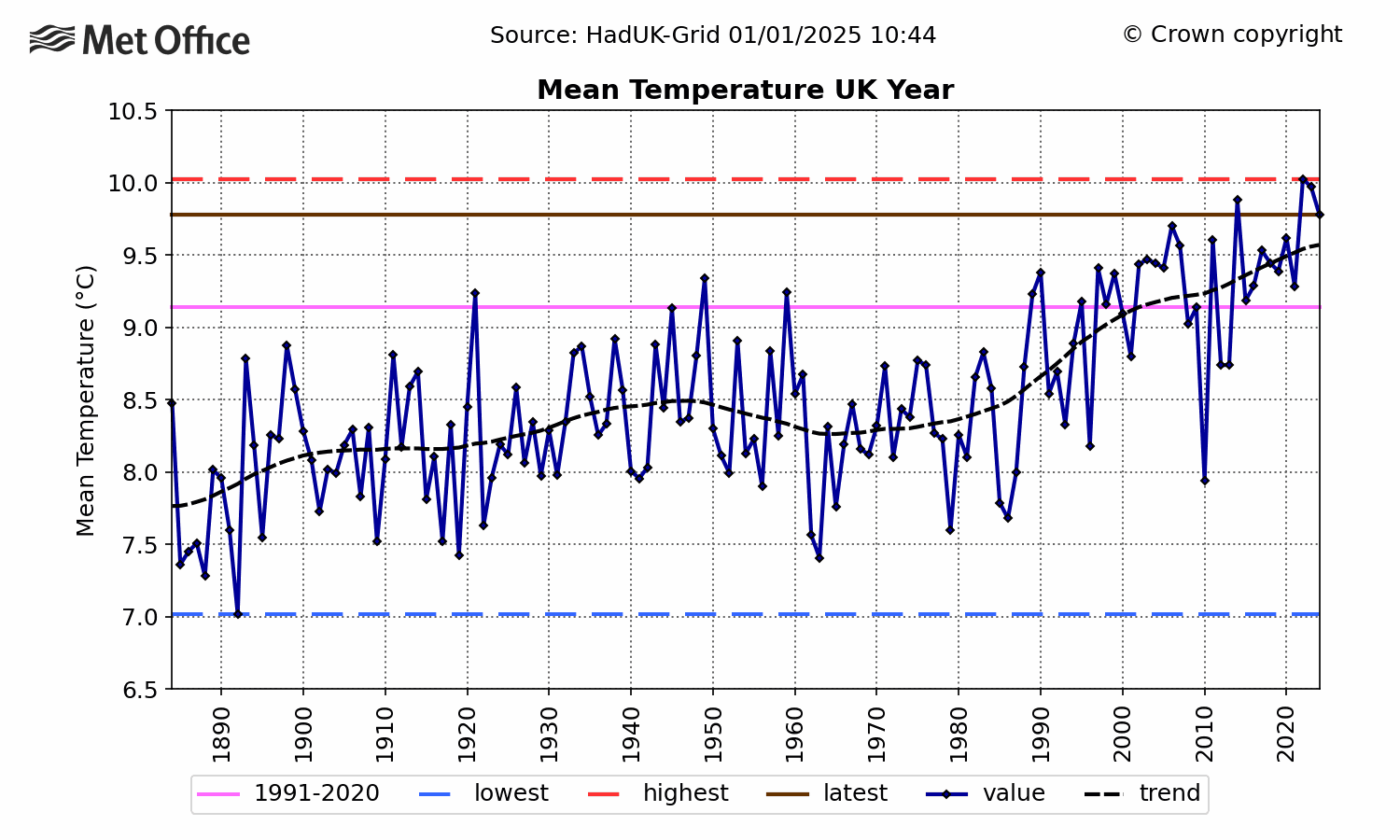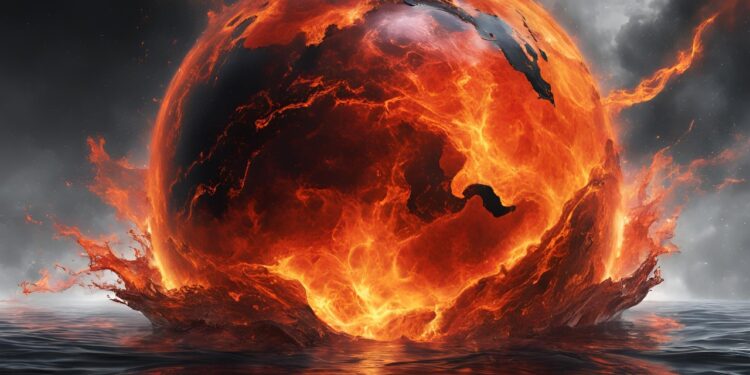by A. Préat, Jan 31, 2025 in ScienceClimatEnergie
The Green Deal, an extension of the Paris Agreement (COP21, 2015), concerns three simultaneous transitions: ecological, energy and digital. Its aim is to develop a totally carbon-free economy in Europe by 2050, i.e. to achieve the Net Zero objective set by the European Commission. How will this be achieved? By developing an electricity grid, a car fleet made up of 100% electric vehicles equipped with batteries (NMC) and an energy mix that is more than 80% (from 2030) supplied by wind turbines and photovoltaic panels. Intermittent renewable energies will be used for the most part. This also means replacing the fossil fuels used for transport and heat (‘flames’) with electricity from renewable sources.
To achieve this goal, which will require gigantic quantities of critical metals, the European Commission has no other solution than to revive mining activity by re-exploiting old mines, opening new ones and extending or deepening existing mines. The required quantities of critical metals are enormous and Europe, our continent, doesn’t have them. For lack of a favorable geological context, Europe is a ‘mining dwarf’ on a global scale. We account for 6% of the world’s population, we consume 25 to 30% of the worldwide production and produce only 5% to meet our needs. Since the 1990s, we have been at the bottom of the list in terms of exploration efforts, with just 3%. We are far behind the Anglo-Saxon and Asian companies, which dominate not only exploration but also the production of minerals. Our reserves are small in relation to what is at stake. Only 2% of the metals we need for the energy transition are available on the European continent (CDS, 2023).
So, how can we achieve the energy transition if we don’t have the materials to do it? The Commission has laid down 4 rules to remedy our shortcomings: (i) to product 10% of our annual consumption (in other words, we will always be 90% dependent on the outside world!); (ii) to process at least 40% of our annual consumption on site; (iii) to recycle at least 15% of metals for our annual consumption; and (iv) not to depend on any one country for more than 65% of our annual consumption in order to avoid excessive criticality. To date, none of these recommendations has been met. Europe also favors the development of a circular economy at a rate of 75%, which currently stands at just under 12% and has fallen in recent years.
EU is faced with a challenge. Has it considered the short-term agenda it has set itself for Net Zero? This agenda must include the long-term dimension of mining: exploration and prospecting are long phases. It takes an average of 17 years and very large budgets to open a new mine, in the hope that it will fully meet expectations. What’s more, because of the tense global economic and geopolitical situation, exploration efforts in non-ferrous metals have recently fallen by a few percent… According to the UN (2024), there is a shortfall of 225 billion dollars in investment in projects to extract essential minerals. What’s more, unlike in the past, to open a mine you will have to face determined opposition from environmental NGOs and citizens, who will lodge numerous legal appeals, which will delay the opening for a long time.
Ultimately, this transition will replace dependence on fossil fuels with dependence on metals. This was the case with forests: wood had been the exclusive fuel for metallurgy for several centuries and was replaced by coal in the 19th century to preserve the forests. Coal was then replaced by oil and gas (less polluting) and today fossil fuels will be replaced by metals to achieve decarbonation, as requested by the European Commission.
Programs to identify our mining potential have already been launched in 2018. They tell us, for example, that we have limited potential in rare earths, which are ultra-dominated by China and are a central pillar of so-called ‘high-tech’ technologies. We have no rare earth mines. However, a deposit of rare earths was discovered in January 2023 in Lapland (Sweden). It is thought to contain 1% of the world’s reserves, and production is planned within 10 to 15 years. Yes, mine time is a long time…
Doesn’t this decarbonation seem like a forced march? Many think so… others go further and question it…
…









